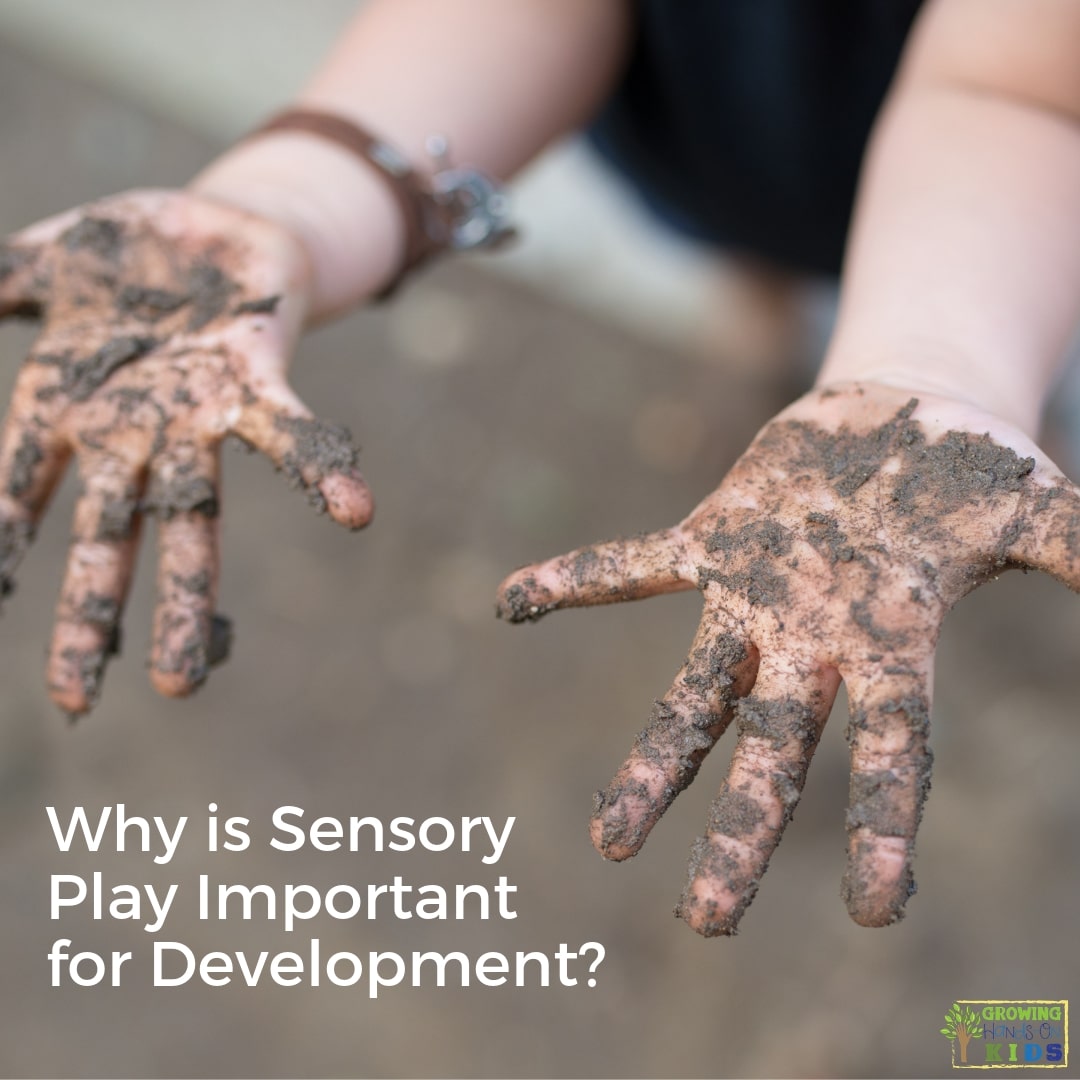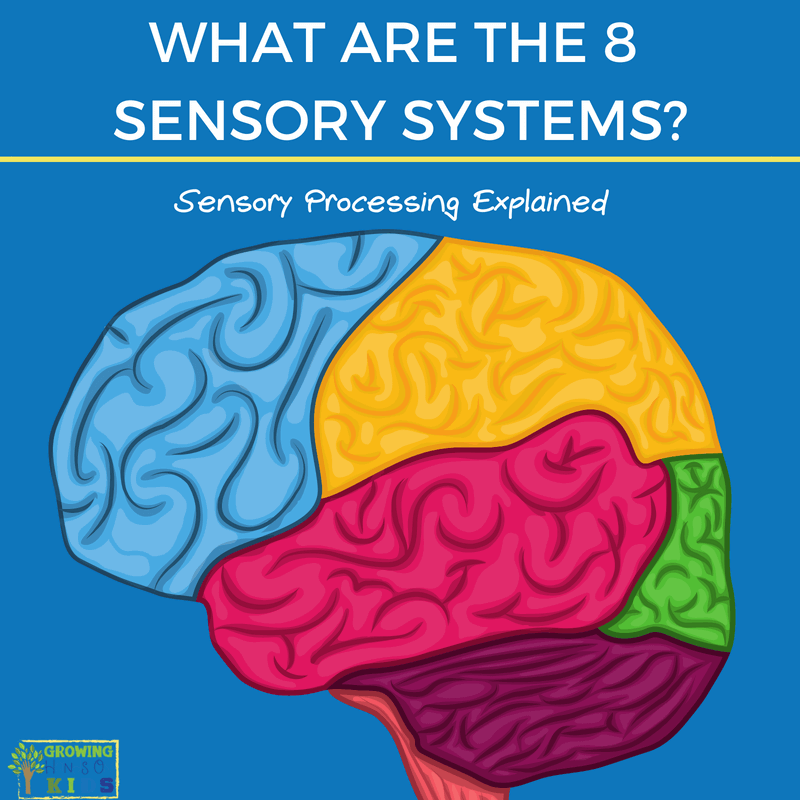Why is Sensory Play Important for Development?
Affiliate and Referral links are used below to promote products I love and recommend. I receive a commission on any purchases made through these links. Please see my disclosure policy for more details. As an Amazon Associate, I earn from qualifying purchases.
When you hear the word sensory play, most times you think of messy play, or children being let loose to explore the world around them outside. And while sensory play does include these things, it is SO much more than that. Sensory play is an important part of development!
As stated above, sensory play is often associated with messes and parents having to clean up messy kids, toddlers, or houses. However, it is much more than that. All of us use our senses every day to process the world around us and respond to it. There are 8 senses that each of us uses daily.
So what are those 8 senses?
- Taste
- Touch
- Smell
- Hearing
- Sight
- Vestibular
- Proprioceptive
- Interoception
You may not have heard of 3 of those, so let's go over a quick definition of each.
- In short, the vestibular system is located in the inner ear and has to do with balance (also knowing when your body is moving, swinging, spinning, hanging upside down, etc). The key to vestibular movements is getting the head into as many different positions or planes as possible since that is what activates the various receptors in the inner ear.
- An easy description is proprioception is being able to know where your body is in space and where your limbs are to your body. Muscle planning, grading muscle movement, and being able to move your arms and legs without necessarily looking at them all fall under proprioception.
- Interoception is the sense of knowing what is going on inside your body. Hunger, thirst, body temperature, needing to use the bathroom, breathing rate, etc. are all part of interoception.
When a child is young and still developing, it is important to engage or activate each of the sensory systems so that they can integrate and grow into one cohesive sensory system.
Sensory play also helps to build new pathways in the brain. This can help children learn and complete more complex learning activities and help support other areas of development like language, fine motor, gross motor, social skills, and problem-solving skills (source).
Encouraging sensory play isn't too hard or complicated to include in your child's day. Here are a few quick tips to ensure your child is exposed to as many sensory development activities as possible.
- Make sure they are getting enough sleep (tired brains and bodies will only hinder your child's development).
- Limit screen time (TV, video games, phones, computers, iPads/Tablets, etc).
- Encourage outdoor play and exploration as much as possible, especially in warm weather months.
- Encourage your child to help you cook and prepare meals (even toddlers can do simple meal-prep activities).
- Visit the park or take an outdoor nature walk.
- Encourage climbing, swinging, jumping, spinning, riding bikes, and any other type of gross motor activity that encourages bilateral coordination (using both sides of the body together), crossing midline, and activates the vestibular and proprioceptive systems.
- Most of all, just have FUN and let your child explore.
If you notice your child is shying away from certain types of sensory input, check out some other ways to include it or gradually encourage them to look outside their comfort zone. Children will naturally gravitate towards certain types of sensory play. You may even notice some avoiding or seeking types of behavior with different kinds of sensory input.
Also, be on the lookout for sensory overload as you try new things.
This post is part of the Happy New Year, Healthy Kids series, hosted by the therapy bloggers of the Inspired Treehouse. To read many more amazing posts on child development and raising healthy, happy kids, head over to the series page and check them all out!
You can also check out the many resources on sensory processing I have for you below.

Heather Greutman, COTA
Heather Greutman is a Certified Occupational Therapy Assistant with experience in school-based OT services for preschool through high school. She uses her background to share child development tips, tools, and strategies for parents, educators, and therapists. She is the author of many ebooks including The Basics of Fine Motor Skills, and Basics of Pre-Writing Skills, and co-author of Sensory Processing Explained: A Handbook for Parents and Educators.




Great post. Thanks so much for sharing your expertise and experience. When you used the word proprioception, my mind returned to my days with young kiddos. Daughter 3 in particular would often for no reason fall out of her chair. She would simply become disoriented as to where she was in space! This was the same child distracted by snow outside and running fans. Until we really understood what was going on, these were challenging times! I’m so grateful writers like you are around to help educate and encourage mamas.
Blessings to you, Heather.
Christine Field
Thank you so much Christine. My daughter is definitely a proprioception and vestibular seeker. I’m so glad for my understanding in OT so that I am able to understand her. I hope everything here encourages other mamas too. Thanks again!